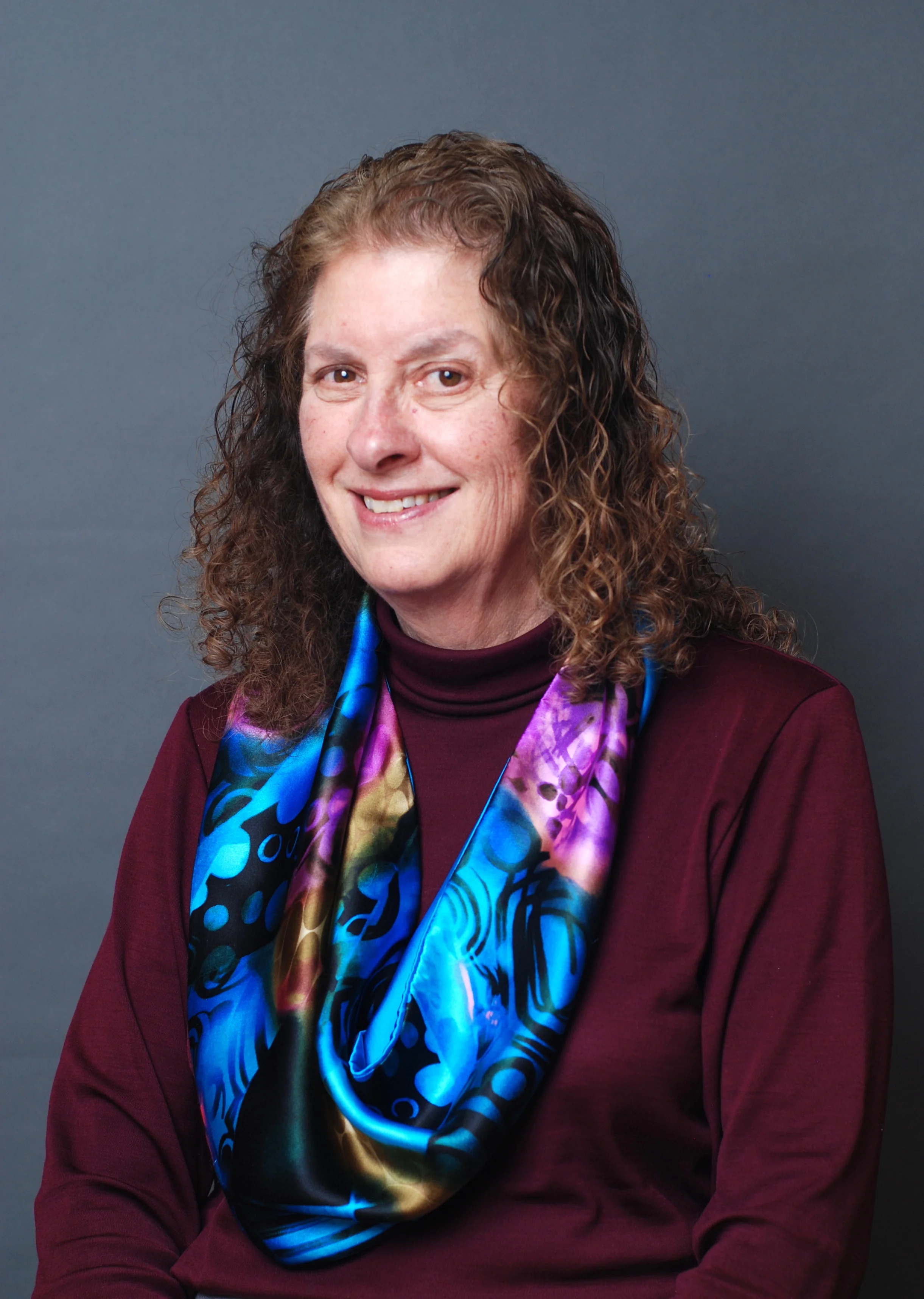About Carol
Carol cannot remember a time when she did not sew. Always interested in design, she was making doll clothes by the time she was eight. Her passion for theatre led to a degree in Dramatic Art from U.C., Berkeley, where she spent as much time in the costume department as she did on the stage. A native San Franciscan, after graduating from Cal, she was ready to get to know another part of the country, so she travelled to New York City, where she completed a master’s degree, also in theatre.
Children’s theatre had long been of interest to her. Once back in California, she formed her own puppetry company, for which she wrote her own scripts, and designed and made 30” tall marionettes to represent the characters. She then toured the shows within the greater Bay Area, performing for schools, libraries, and religious institutions. Puppetry provided the perfect opportunity to combine her love for theatre with her skills in design and sewing.
Many years and three children later, Carol became interested in Judaica design, and in 1993, she founded Under the Chuppah. What started as little more than a notion of “Do you suppose this might be a good idea?” with just one chuppah available to rent, now requires a space of its own to store the many structures, an ever-burgeoning stock of fabric, and an average of 60 rentals per year. Carol’s chuppahs have traversed the country, and some have found new permanent homes in Nevada, Washington, Texas, Florida, and Ohio. One even lives in Canada and another in Bushey, England, a suburb of London. Two particularly adventurous ones travelled to the French Riviera and a castle in Rome, respectively. Most, however, are content to live at home, visiting their favorite sites in our beautiful Bay Area.
Over the years, Carol’s canopies have been incorporated into weddings from a wide variety of diverse cultures, including Asian, African-American, Latino, Middle Eastern, Turkish, and Indian. Although still largely a religious and traditional symbol, her more contemporary structures are also employed as backdrops, arbors, arches, or just a sacred and beautiful place for the couple to be married.
